Ancient Rome Warfare Under Barbarian Influence
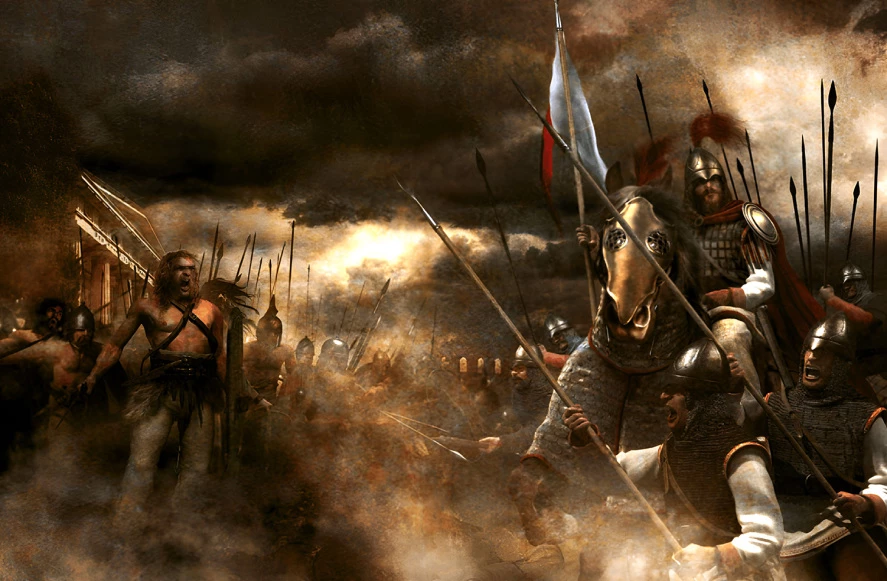
After almost a thousand years of existence, the Roman Empire was in decline. The once powerful emperors had become mere statesmen whose position had little importance. Budget deficit started to affect the equipment of the soldiers, who adopted more and more elements of “barbarian” clothing and armour. The crisis of the empire culminated in the 5th century AD, when the barbarians conquered Rome, and the empire was shortly after divided into two empires - the declining Western Roman Empire and the powerful Eastern Roman Empire.
Contents
The arrival of the nomadic Huns in the late 4th century AD caused migration of various peoples across Europe. Hundreds of thousands of people left their homes and became refugees. No army or fortress could stop them. The rulers of the once mighty empire - at least the western part of it - gradually became mere pawns.
The Fall of the Roman Empire
When the Goths under their leader Alaric sacked Rome in 410, it was a shocking event comparable to the end of the world for people living in that time. For the first time in eight centuries, an important ancient capital was conquered by its enemies.
Soon after, Germanic tribes began to create their own kingdoms within the fragments of the empire. The title of Roman Emperor became insignificant. The descendants of barbarians from the deep forests beyond the Rhine swayed the throne as they pleased.
The last emperor, Romulus Augustulus, handed over the “Imperial Insignia” to Constantinople in 476, and so, after more than a thousand years of history, the glory of the Roman Empire faded away forever. However, Constantinople continued to stand strong, and withstood incoming raids of barbarian hordes.
Military and civilian clothing from the late Roman period (Fectio)
The “Barbarisation” of the Roman Army
By the end of the 4th century, most legionaries consisted of non-Roman citizens as well as barbarians from the border provinces. They were courageous and determined soldiers. However, the traditional Roman virtues were meaningless to them.
The Roman treasury had been depleted, so the equipment issued to the soldiers was frugal and simple. Germanic tribes affected how the equipment of the legionaries looked like. Shields became simpler and rounder, while swords became noticeably longer. And trousers, as part of the garment, gained in popularity.
Late Roman Spatha sword, initially used by cavalry, later by almost the entire army
Eastern Roman Army And Its Equipment
The traditions of the Roman Empire moved from the declining "Eternal City” to the east, to Constantinople. The Eastern Roman army was a direct continuation of the Late Roman army that existed before the split. It reflected the same basic organization as the Late Roman army, but between the 5th and 7th centuries, cavalry grew in importance, field troops took on more tasks, and border troops were transformed into local militias.
However, we know little about how Eastern Roman soldiers were dressed. The surviving Byzantine frescoes were intended to only give an ideal image of politicians, saints and soldiers. Instead of "uniforms", the soldiers likely wore a mixture of whatever was available.
A centurion's helmet from the late Roman era
As early as the time of Diocletian (284-305) there was a department of sacrae largitiones, supplying soldiers with shirts, tunics and coats, while shoes were provided by local communities as a form of tax. The state owned and managed a system of imperial weapons manufactories (fabricae). These workshops were under the supervision of a special senior officer called the Magister Officiorum. The craftsmen, although civilians, were managed by the military.
In the early Byzantine period, it was recommended that shields be painted with specific colours and symbols, separately designed for each unit. A large round shield was called a skoularion.
In the 5th century, soldiers were paid in cash to buy their own gear. A standard price for a gear was about six solidi. Hence, the appearance of the Roman troops was not unified and may have looked
somewhat disorganised. Armour was not standardized, either. Some soldiers may have worn old armour and weapons passed down to them by their grandfathers. Military uniforms were an unknown concept at that time. Consequently, the colours of tunics worn by men within the same unit may have varied.
We can assume that, except for special units such as the bodyguards of consuls or emperors, soldiers' clothing was rather dull and simple. The basic part of the clothing was a loose tunic with long sleeves. Most tunics were made of undyed wool, linen or a mixture of wool and linen. Wealthier soldiers bought red tunics, as red was considered a military colour. Less common colours were blue, yellow and green.
From the waist down, the soldier's clothing varied depending on the environment and climate. In cold climates, they wore long or short pants. Additionally, they wore knee socks tied with laces. In warm climates, the lower parts of the legs were not covered. A thick woollen cloak protected the soldier in damp and cold conditions.
Late Roman bronze helmet. Barbarian influences are evident here...
Soldiers' Body Armour
The Byzantine infantryman typically wore metal body armour and a helmet. Iron rings or bronze scales were the most common protective element of the armour. However, not everyone could afford such a "luxury". Some soldiers chose to spend their wages on a large shield that provided extra protection. Soldiers were allowed to use the armour of their relatives, buy armour from soldiers who had completed their service, or continue to wear discarded armour if they liked it (or could not afford another).
After 600, Heraclius and Constantine II had to deal with a massive invasion by the Persians and then the Arabs. The emperors cut the army's pay in half. To make the army work again, the state administration had to take over the supply of weapons and gear. What this gear looked like is unknown.
Scale cuirass, worn over quilted gambeson.
The year 840 meant a return to a cash payment system similar to that of the 6th century. Soldiers once again had to buy their own gear. This system, however, continued to be supplemented by requisitions during major military campaigns. In the 10th and 11th centuries, soldiers received a financial allowance for food and personal equipment in addition to the mercenary's salary.
From the 7th century onwards, the influence of the steppe nomads began to show. The Eastern Roman Empire adopted lamellar armour, which was made of leather, bone or metal slats joined together. From the 10th century onwards, this type of armour became the most widely used type of military armour.
Many infantry soldiers also wore a thick felt cap or turban. In addition, they wore leggings stuffed with wool. Boots high above the knee became popular for infantrymen.
In the cavalry, mounted archers used light armour. Their weapons consisted of the paramerion (a Byzantine sabre-like curved sword), and the primary weapon, which was the bow. They wore a quilted jacket made of stuffed cotton ( kavadion). Then there were the koursores, medium-heavy units with a flexible role in battle. They wore armour that provided a solid level of protection, but was not too heavy to restrict their mobility. They wore chainmail shirts or scale armour.
In later years, military clothing reflected influences of the endless warfare against the Arabs and in the desert - and no doubt some uniformity as well.
The 12th to 15th centuries also saw the influence of the Turks, as well as the ever-rising nations of Western Europe.
The Elite Varangian Guard
Varangian guard was an elite unit of the Byzantine army and consisted of well-paid mercenaries - Scandinavians and Russians. Varangian guards wore chainmail, lamellar or scale armour and forearm protectors made of metal bands. They also wore a Spangenhelm, a sword, a menacing axe and a round shield.
A round shield was essential defensive gear in the late Roman and Byzantine periods

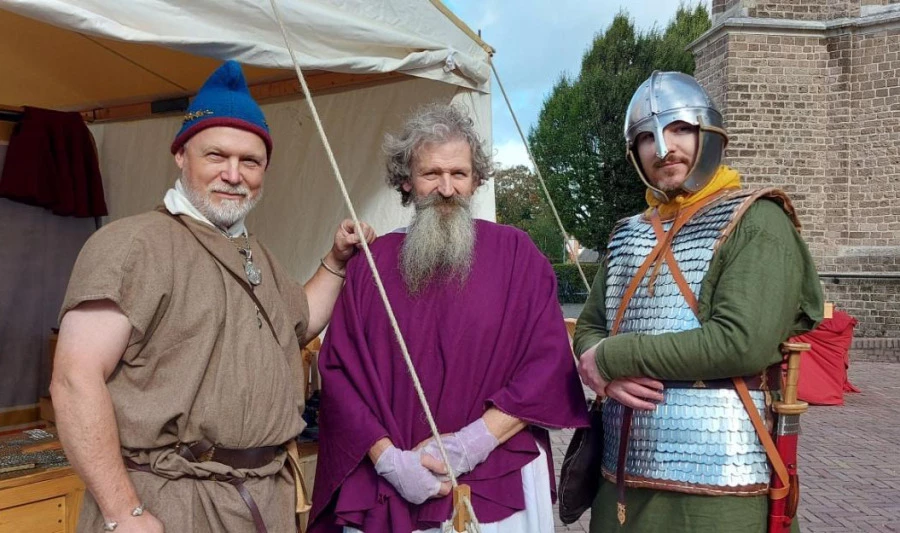
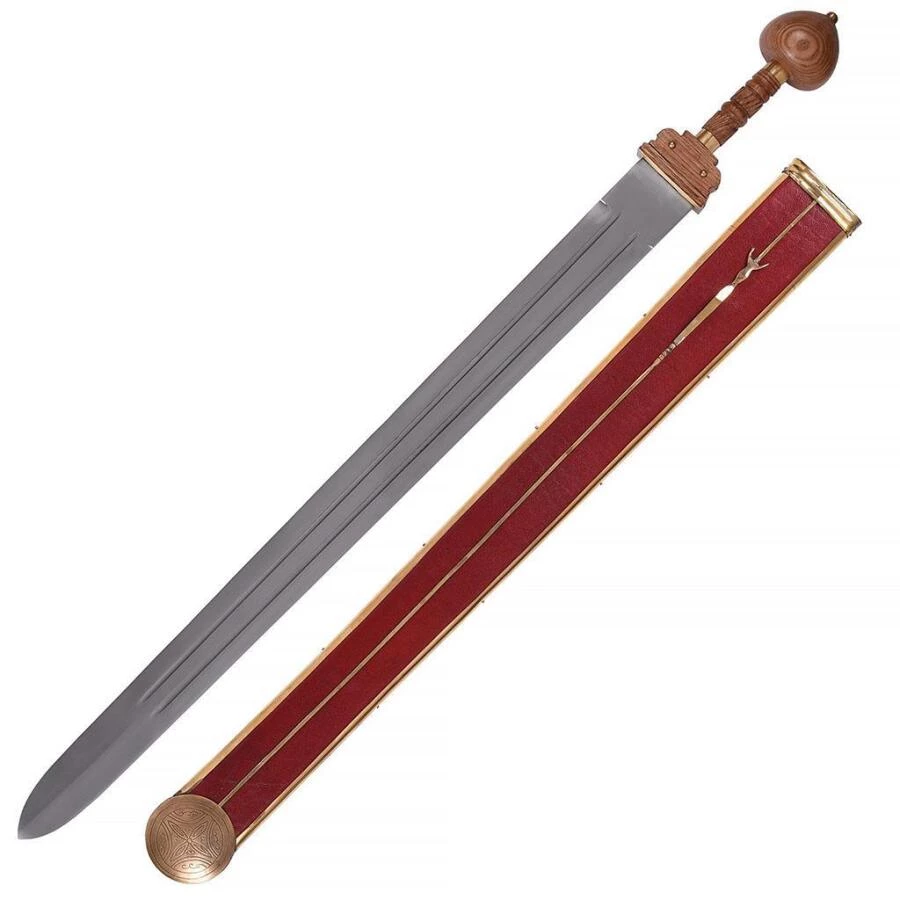
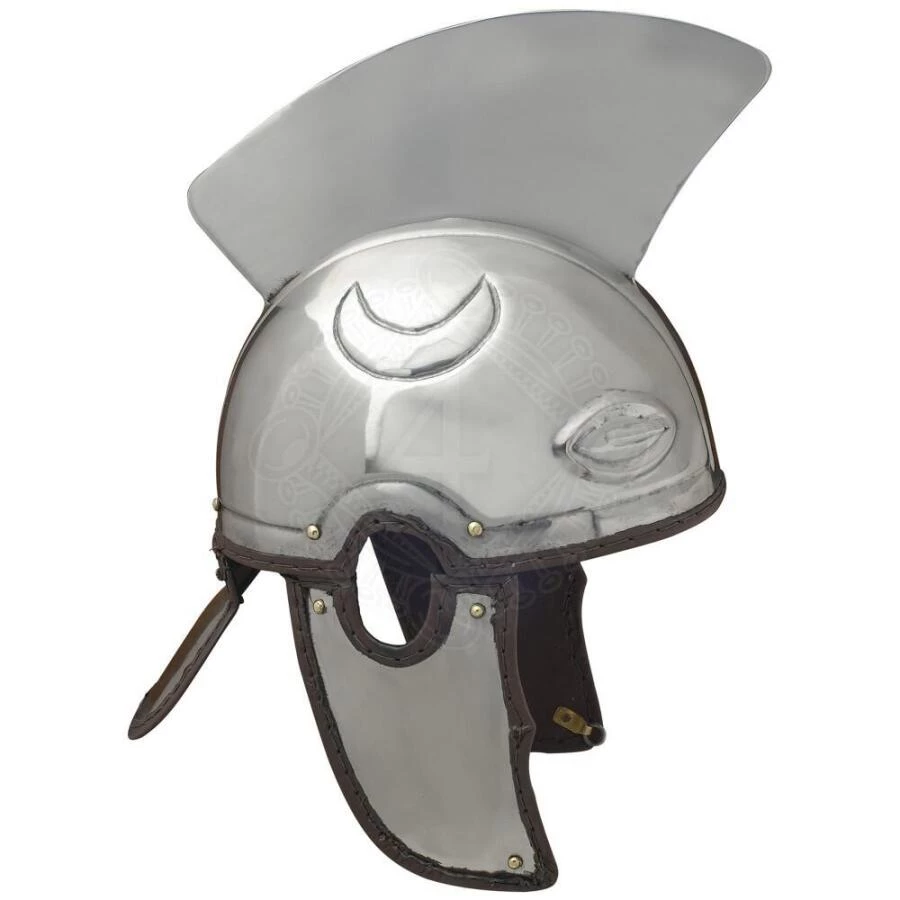
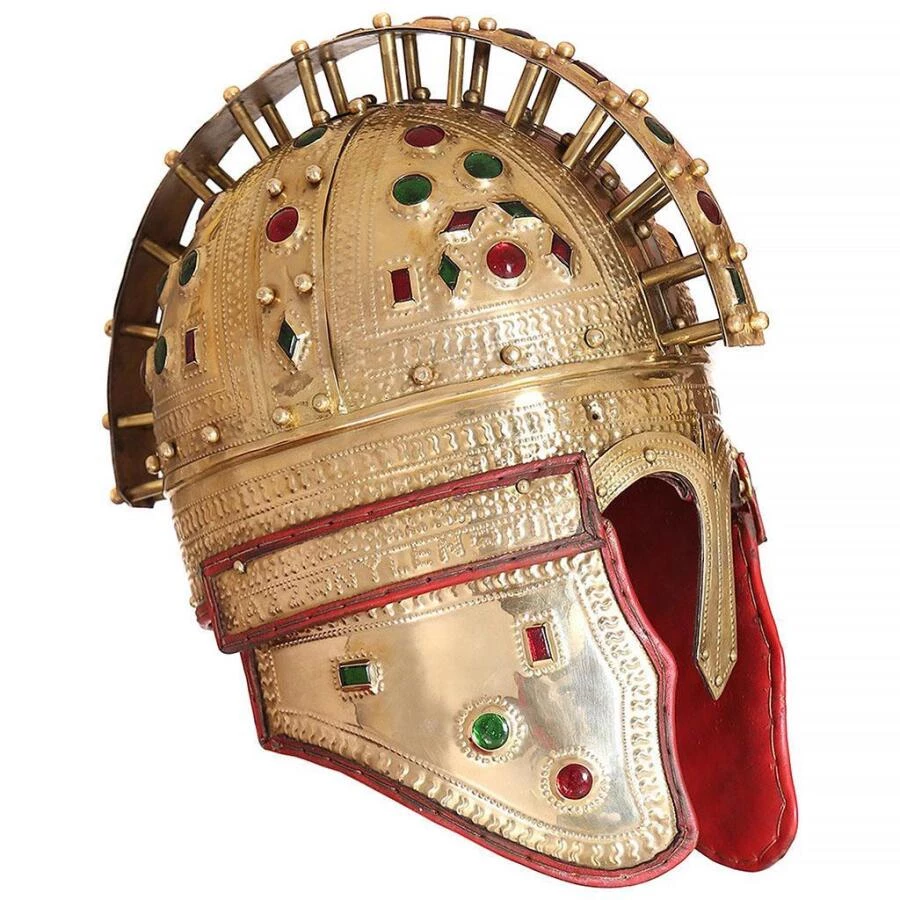
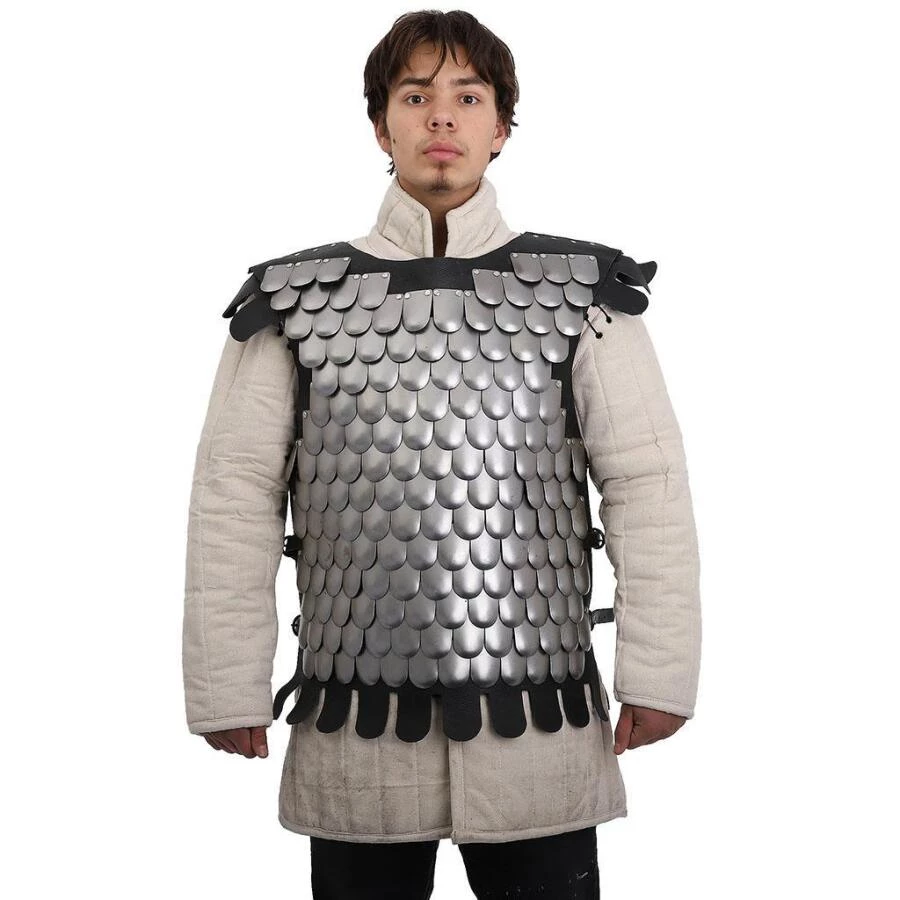
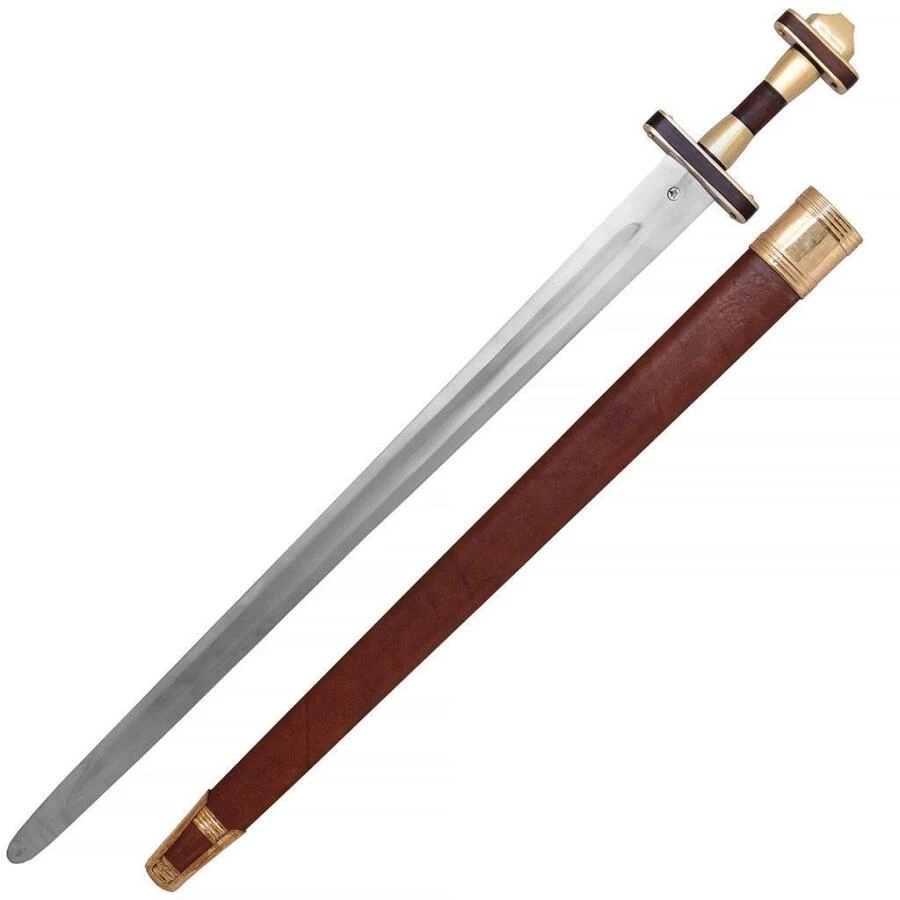
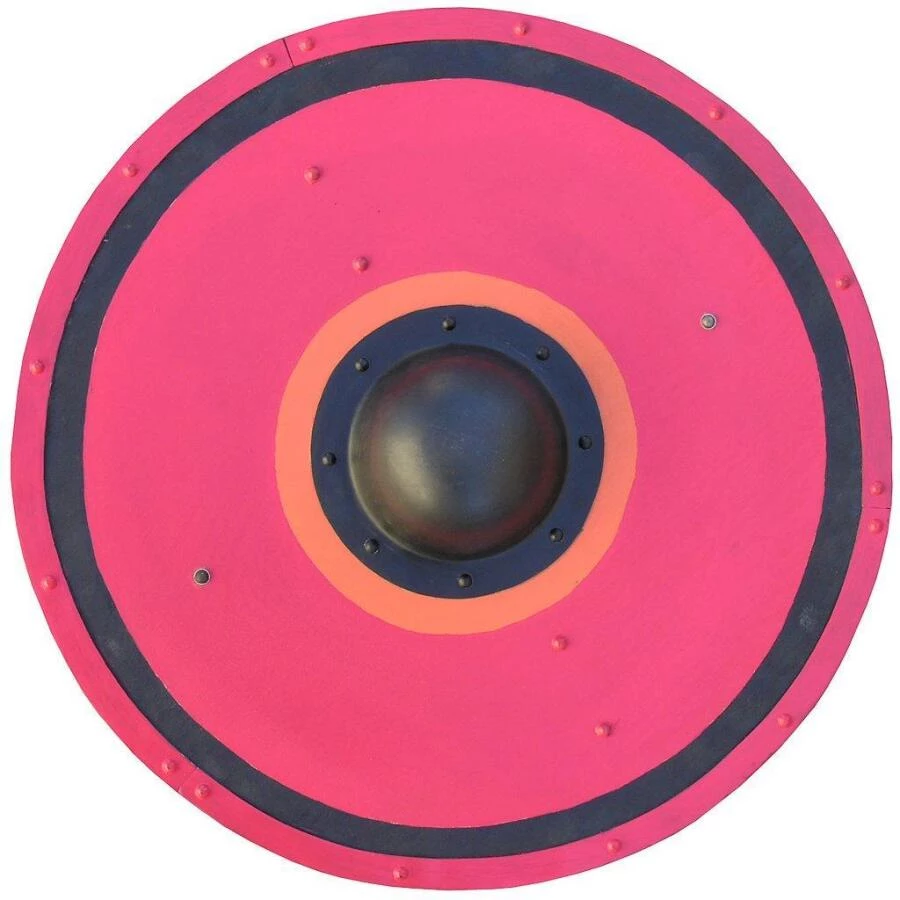
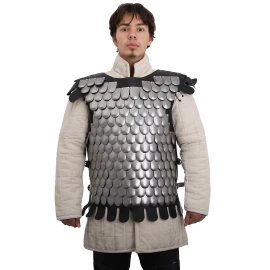
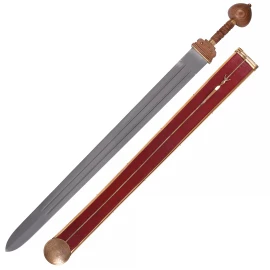
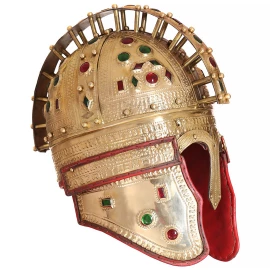
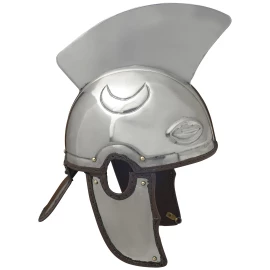
Comments